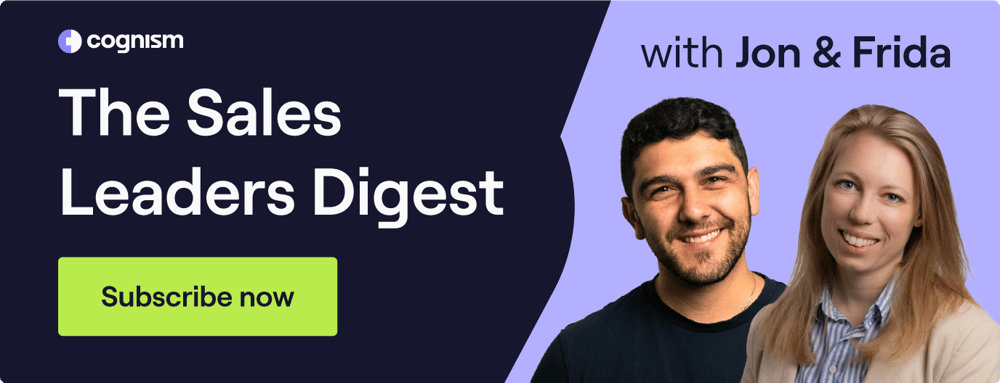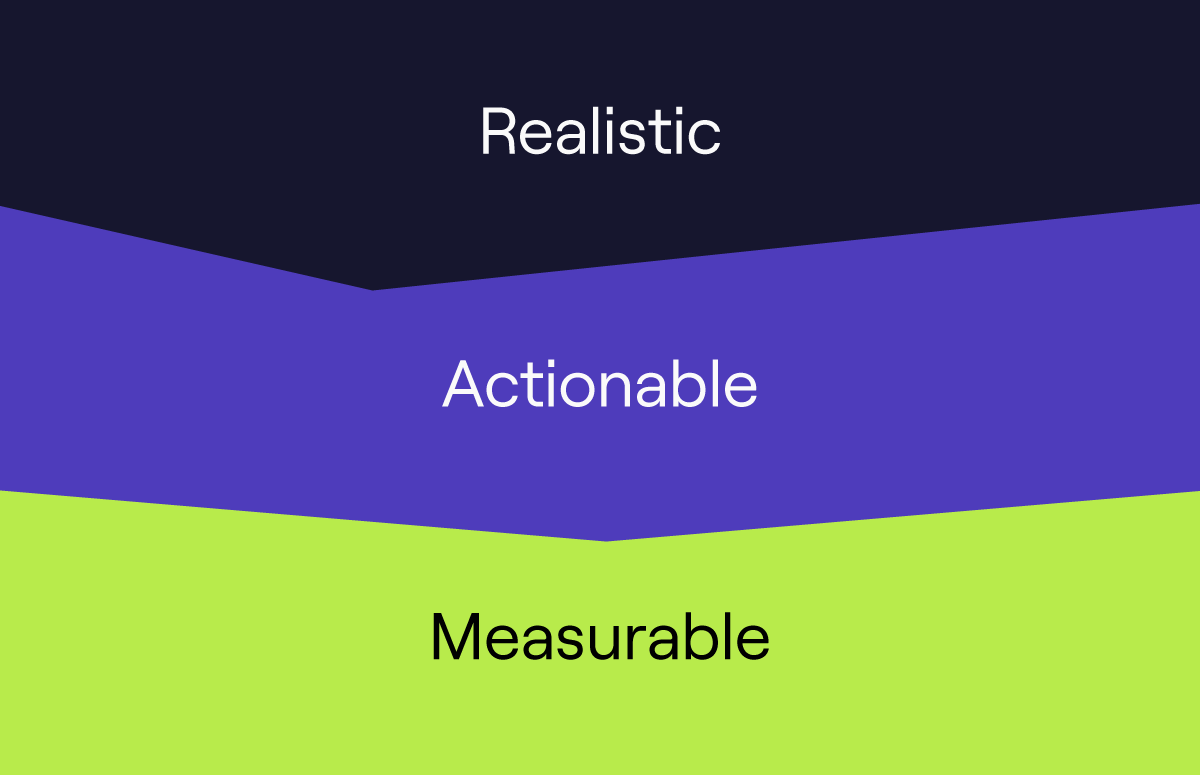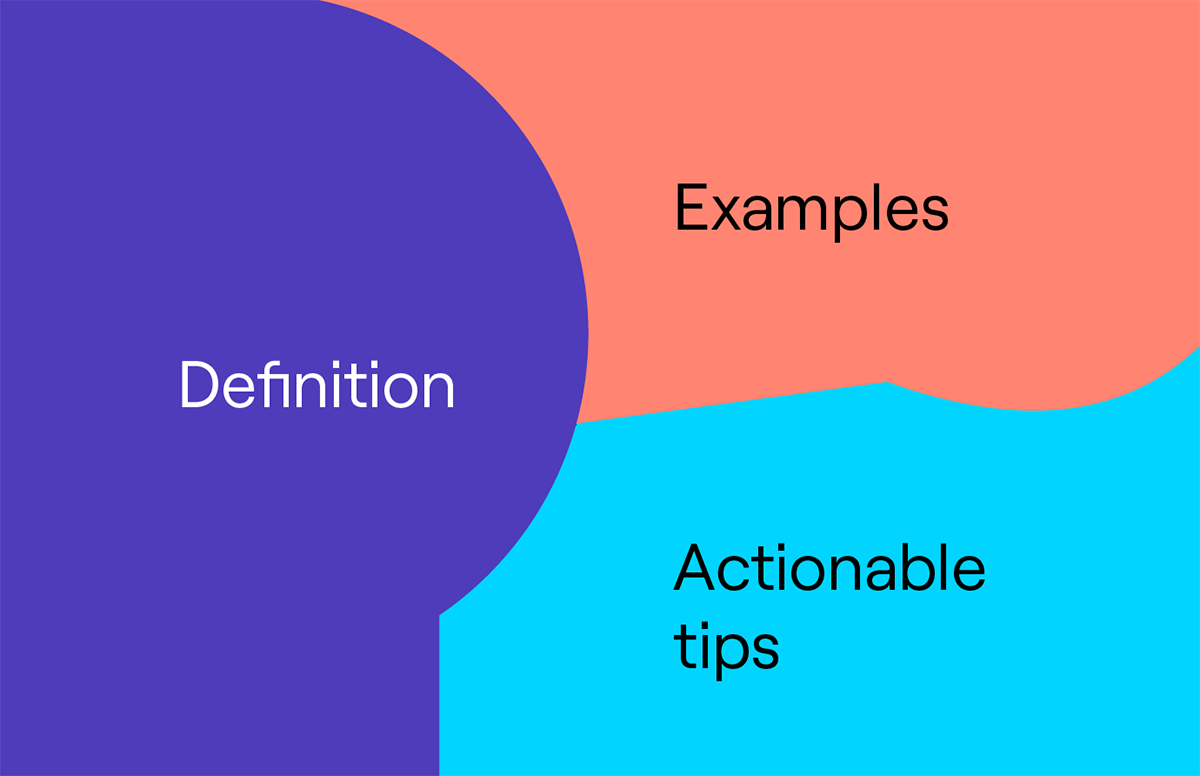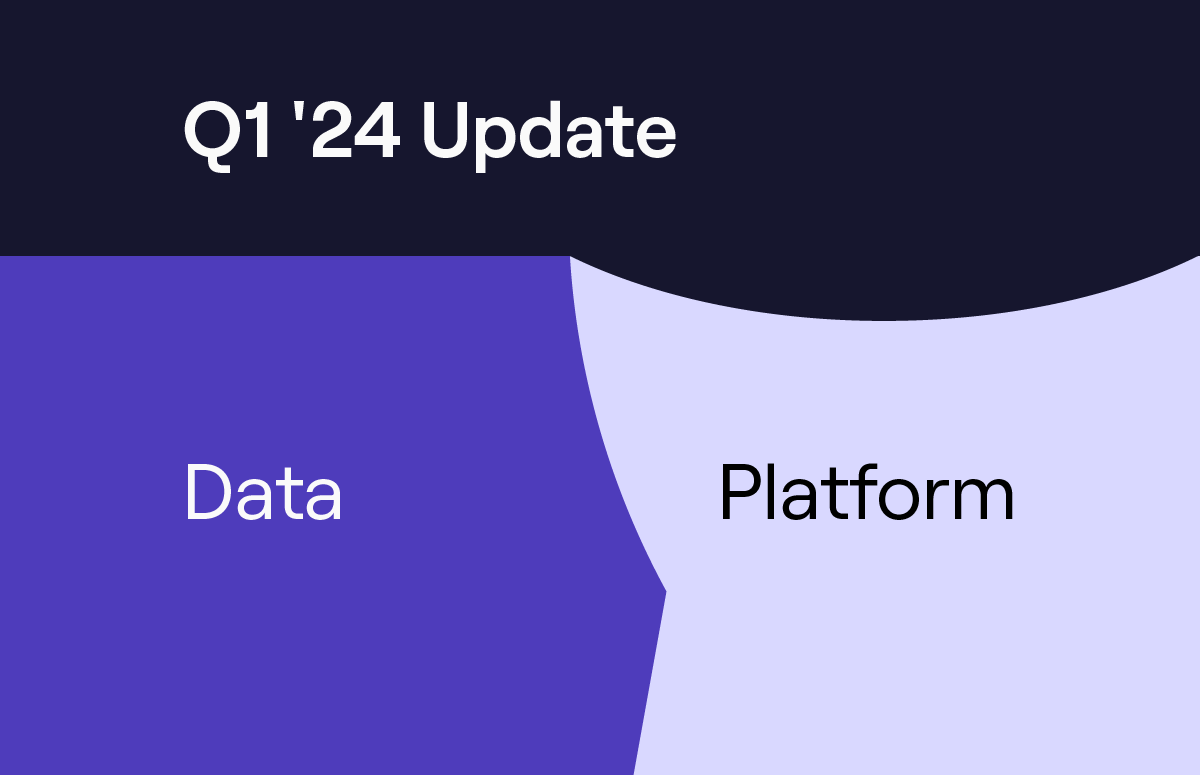Sales to Customer Success Handoff Template
A smooth customer handoff between sales and customer success can make or break a company.
It sets the tone for the customer's relationship with your organisation; you only get one chance to make a first impression. Get it wrong and your customers won't be happy.
That's why the Cognism team is on hand to give you their thoughts on nailing the sales to CS handoff!
Scroll 👇 for insights from Charlie Beale, Senior Enterprise Account Executive and Megan Brickley, Director of Customer Success.
Plus, we're giving you a freebie - Cognism's own sales to customer success handoff template, which you can download right here!
Why a smooth handoff is important
In B2B sales, if you don’t have a handoff process in place, your clients will feel ignored or rejected.
Shani Maritz, Customer Success Specialist at Fuse Universal, highlighted this issue.
“Getting your client from the salesperson all the way to support often leads to them speaking to a number of different people - all individuals with different approaches to their work. It creates the feeling of a fragmented process for the client.”
Charlie echoed Shani’s sentiments:
“It’s so important to have a smooth handover process, not just from a customer success standpoint, but from a relationship standpoint.”
“If there’s a clunky handover and the client feels like it’s been a poor process, they’re going to go into the relationship with your business with a bad taste in their mouth.”
“The last thing your customers want to do is repeat themselves or feel like they’ve been through a disjointed process.”
Dealing with a lot of people can make the process seem disorganised. When this happens, your customers will become disengaged.
This only leads to a high churn rate; clients will walk and you’ll be scrambling for renewals.
Megan further emphasised why the handover process is so important:
“Having a strong onboarding process really sets the tone for your relationship with your customers. It’s the time when they’re reminded why they purchased your tool and they’re starting to see all the benefits they initially heard about in the sales process.”
“So ensuring the handover is streamlined is very important.”
“You want a strong handover to ensure clear alignment between CS and sales on what conversations have already taken place - what the blockers were, what the client is excited about, and so on.”
Having a strong handoff also means your Customer Success Managers get a better idea of your client’s personality. This makes it easy for them to customise the experience.
In order to avoid poor client retention metrics, you’ll need to follow our 👇
5 best practice tips for the handoff
Charlie and Megan run us through what you should be doing in order to ensure a smooth handoff.
1. Ensure sales capture relevant data for CS
A lot of data is captured during the sales process. You’ll want the make sure the right data is being relayed to your customer success team.
This includes:
- Who the decision-makers are.
- Who the end-users are.
- Who needs to be involved in the implementation.
CS needs to know exactly who they need to speak to on the other end; it’s up to sales to get this information to them.
It's essential to capture this information in your CRM. The data has to be easily accessible to both teams.
2. Be proactive in answering questions from CS
At Cognism, our salespeople complete a questionnaire filled with questions that the CSMs need answers to. This is done as soon as the prospect signs up to become a customer.
Megan explains how this works:
“It includes information around what the buying reasons were and whether there were any sales objections that came up. It dives into more detail than just who was spoken to.”
“The template is filled out in as much detail as possible - sales can’t give CS too much information.”
3. Have easy ways to communicate
If the CSM has any questions or concerns prior to onboarding, they need to be able to contact the sales rep easily.
The CSM may have questions that aren’t easy to explain in writing or require more urgent action.
Megan said:
“This allows CSMs to have a deeper understanding of the client and the situation as you can go into more detail than the form.”
4. Use Gong as your go-to data centre
It’s important that CS and sales are able to exchange information centrally. At Cognism, both teams have access to Gong.
Charlie explains:
“In Gong, you can listen to calls and search for key sales terms. It’s a great tool for the teams to collect and share information.”
“If there was a buzzword used during the sales process, the CSM can just search for that word and see what the conversation was around that.”
If sales missed something in their process, Gong allows them to recapture the data when the handover takes place. It’s great for both teams!
5. Create mandatory fields in Salesforce
Cognism’s AEs can’t complete a closed-won unless they’ve filled out certain fields in Salesforce.
Why?
To capture even more relevant data for the onboarding process.
Within each opportunity on Salesforce, we include the following:
- Who the onboarding contact is.
- What the primary sales product is.
- Some information about the agreement and whether there are any tweaks to it (e.g. payment).
- Exposure - whether the client has dealt with competitors in the past or whether we’re their first data partner.
- Applicable data to the client.
- Sales process information from your AEs.
You can customise these fields to your own sales process, but it’s a great practice to follow nonetheless.
Next, you’ll want to consider the obstacles you may encounter during the handoff 👇
3 handoff challenges and how to solve them
Your process is going to go through a ton of changes as your business evolves.
This isn’t necessarily a bad thing (change and improvements are good!), however, it does come with teething problems.
The first challenge you’re likely to face?
1. Capturing the wrong data
The Salesforce fields your SDRs fill out will constantly change.
Often, these can be filled in incorrectly or else they’re old and irrelevant.
Your team must ensure they’re up-to-date on the latest forms and pulling the necessary data for a smooth transition.
Charlie emphasised why this is a problem:
“If this information is captured incorrectly, sales is going to have to start the process all over again and that slows everyone down.”
“Rather, get it done correctly the first time to ensure everyone’s in the loop and onboarding can start quickly.”
2. Aligning on expectations
Your reps have to remember that just because the deal is signed doesn’t mean their job is over.
They’ve got to intro the CSM and the client while managing the client’s expectations.
Charlie said:
“Your salespeople can’t lean on CS too much in terms of what the client should expect in the onboarding process.”
“The rep’s got to communicate to the client and let them know what your onboarding process looks like and what sort of support they can expect.”
“Don’t let your reps tell your client they can expect all sorts of things that your CS team can’t deliver. Manage expectations and paint a picture of what’s ahead.”
3. An unclear understanding of what the customer wants from the tool
If you don't have this understanding, it'll be difficult to tailor the onboarding process to the client.
Megan explains what information sales needs to pass on to CS in order to avoid this.
“Relevant information needs to be shared - like what the customer is looking for from the tool.“
“CS needs an understanding of this in order to show clients the features on your platform that are most relevant to them, and to reaffirm the reasons your clients purchased your product.”
Your CS team should also gather information outside of your outbound sales process in order to personalise your client’s experience.
For example, speaking to an SDR/sales team manager at the client’s company to see what their exact training requirements and expectations are.
This can be done by asking questions like:
- Do they need more than one session?
- Are different teams using the tool for different tasks?
You can then put these learnings into practice when onboarding.
So there you have it - Cognism’s advice for aligning sales and CS!
But maybe you want more B2B insights? In which case - click 👇 to subscribe to Cognism's sales newsletter!




